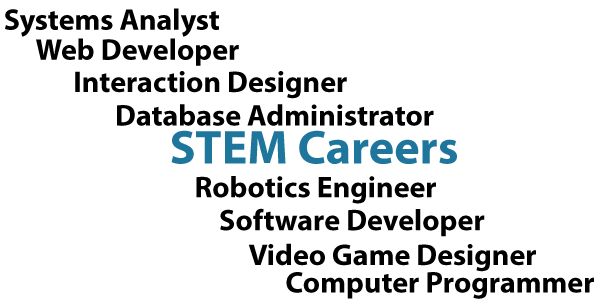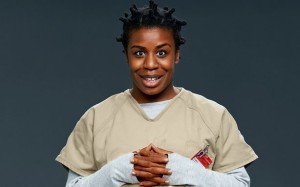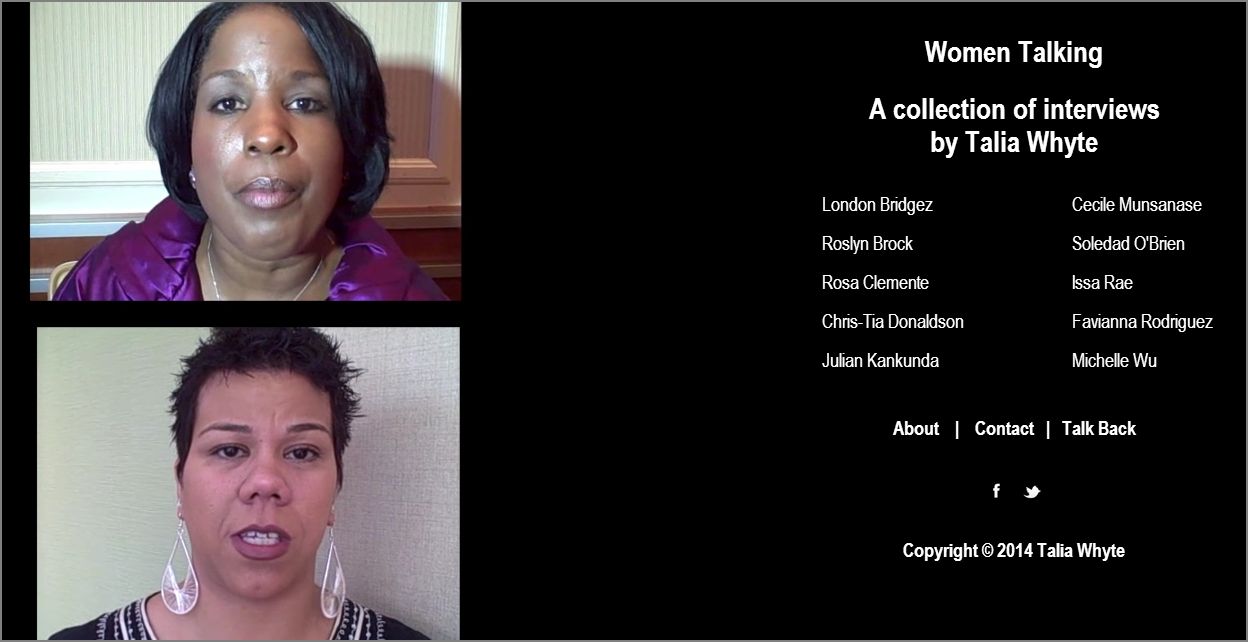What Black Females Think About STEM Education
Lately there has been all this talk about the lack of racial and gender diversity in science, technology, engineering and math (STEM) careers. This was spurred on by Google revealing a breakdown of their employees by race and gender. And to no one’s surprise, the tech giant’s workforce is largely white and male. Yahoo and LinkedIn followed suit with their own diversity reporting with similar findings.
I’ve been a web designer for about five years, and I interact with people on projects with a wide variety of computer programming skills, ranging from talented web developers who build databases to hardcore programmers who can build with C++ and Java in their sleep. When I go to tech conferences or networking events, I am almost always the only black female in the room.
I recently went back to school to get more formal programming training, and, again, there were very few women and minorities in those classes. Interestingly enough, the few women and minorities in my classes were all foreigners from India, Russia and Nigeria.
So I wasn’t actually surprised about the lack of workforce diversity at these companies. Many people have insinuated that racism and sexism has caused this problem. I’ve never worked for any of these companies, nor do I know anyone who currently works for Google, Yahoo or LinkedIn, so I don’t have any real insight into what is really going on in these respective human resources departments. I also don’t have any solid proof that there is hiring discrimination.
I just don’t know.
But my initial guess is that there aren’t that many women and people of color working for these companies because there aren’t enough qualified applicants in the job pool because there aren’t enough women and people of color pursuing STEM careers in the first place. Only 18 percent of women and less than 10 percent of African-Americans and Latinos pursue computer science college degrees.
Before there can be a serious discussion about STEM workforce diversity, we have to look at the state of STEM education in the United States. From my vantage point, there are many reasons for the lack of non-white guys in STEM industries. While these apply to all science, engineering and mathematics careers, for the purposes of this article, I will focus on technology education and careers.
1. Lack of role models and mentors – Simply if you don’t see anyone who looks like you working in that field, you are more likely to not want to consider a career in that field.
2. Gender stereotyping – As far as women are concerned, there has been this longstanding stereotype that computer science is a guy thing, geeky and not “feminine.”
3. Lack of training opportunities – Most people working in computer sciences are first introduced to the field while in K-12 schooling. If you are a girl of color or a low income girl of any color, you most likely attend a crappy public school that probably doesn’t have computers, let alone computer science classes. Even if you are lucky to have access to computer science classes at your school, most likely those classes don’t count towards your graduation requirements, so there is no incentive to take the classes in the first place.
I remember I had to take a computer science class in high school, and I really hated it because the teacher was an old guy who fell asleep in class and it seemed really hard with all that math. I never had any real interest in technology until I was already into my journalism career. By the time I started my career, the writing was on the wall and journalism was being turned upside down by the Internet. I first got interested in technology when I started to see how the Internet was democratizing the media and making it possible to be your own publisher.
In my spare time, I mentor a couple of 15-year-old African-American girls – Cynthia and Keyshia – and I asked them the other day specifically if they had any interest in STEM classes or careers. Cynthia attends an public school in Boston. She says she has to take a computer class at her school, but she hates it because her teacher is “soooooo borriiiiing.” Keyshia attends a suburban public school outside of Boston that offers AP computer science. She said she doesn’t want to take the class because it seems too hard, too much math and they’re only boys in the class.
Coincidentally, Cynthia and Keyshia are very tech savvy, as their eyes are always glued to their iPhones either texting or posting pictures on Instagram. However, their tech consumption doesn’t seem to translate to any interest in pursuing a tech career or even finding out how the Instagram mobile app was built.
I recently showed Cynthia and Keyshia how I designed my new website Women Talking, and they were fascinated not only by the design, but how easy and fun it was to design it. I showed them a little HTML and CSS and how they worked together. I then helped them to create a slideshow using jQuery for a different website. Both girls said they were really interested in these web design techniques because they could instantly see the results of their coding in a browser.
“Why don’t they teach stuff like this in my school?” Keyshia said.
Maybe schools should teach computer science in a way that makes it relevant with things we do and use in our daily lives. Teenagers love to text, maybe there should be classes on how to develop mobile apps for texting. Video games? How about a class that not only teaches JavaScript and other game design tools, but also require students to design their own video game by the end of the semester.
Considering the fact that not many American high school students – regardless of race or gender – are taking AP computer science classes anymore, schools need to get more creative about how they teach technology. This would not only expose more kids to possible STEM careers, but also to other traditionally non-STEM careers that now heavily rely on technology (like journalism). I know if I had learned how to design and develop a website in high school, my career trajectory probably would have been different.
I know there is a lot more to making STEM education and careers more inclusive than I can discuss in this piece, but at least we are starting to have that conversation.



